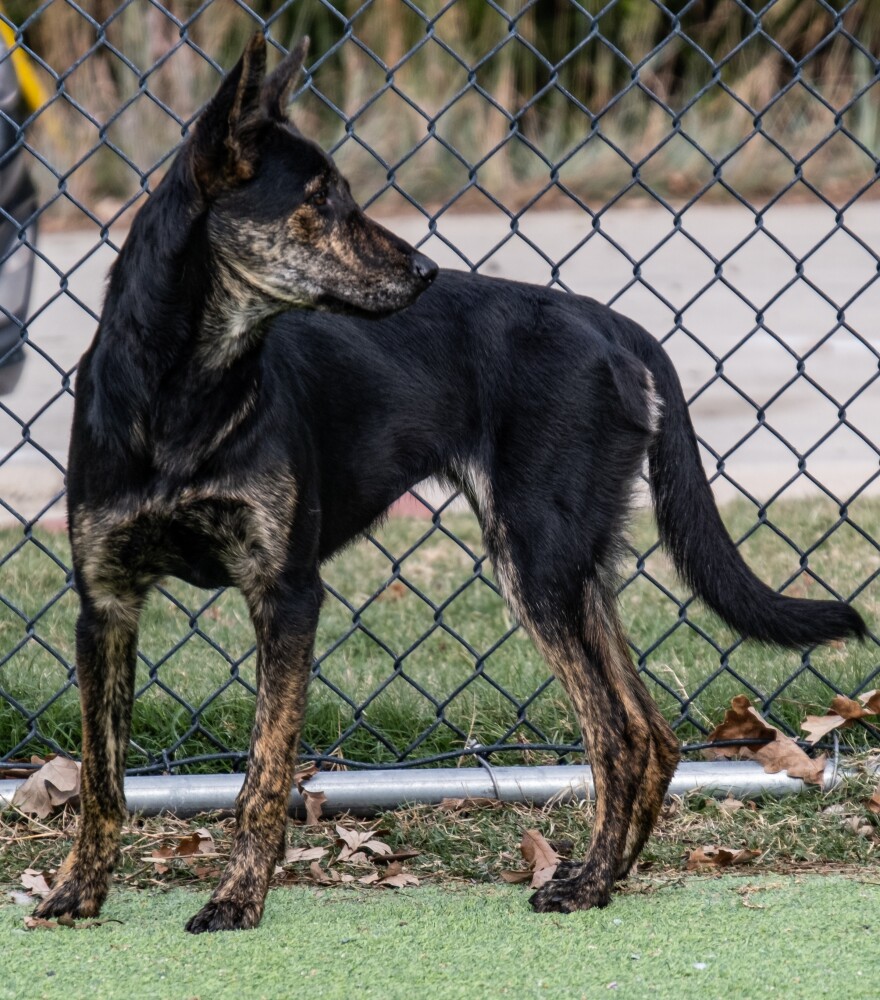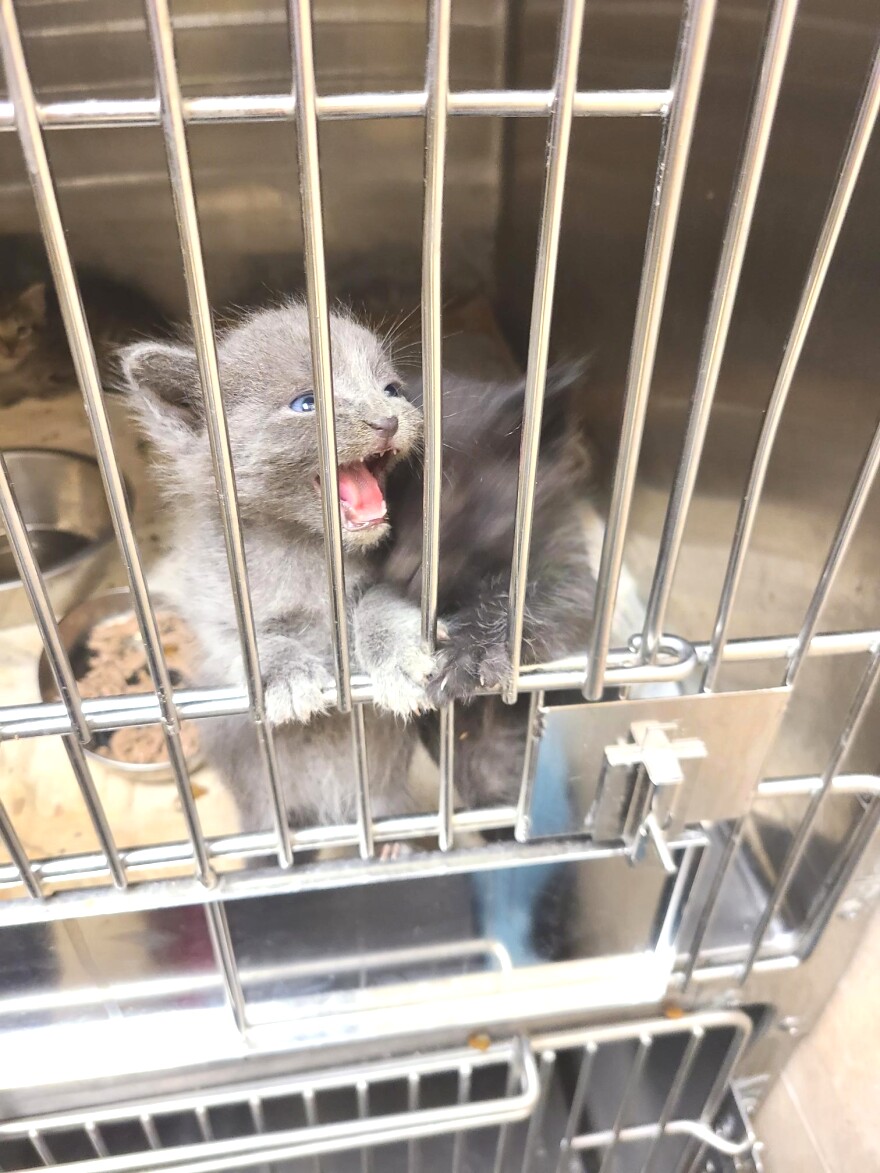Animal shelters around North Texas already under heavy strain are bracing for a summer wave of new strays.
The season typically brings an influx in puppies and kittens following litter season, but this year it comes on top of a post-COVID crisis that has seen some shelters reduce adoption fees in hopes of finding animals new homes – and others, halt intake altogether.
Jamey Cantrell, director of animal services for the City of Plano, says the overwhelming number of lost pets has forced shelter staff to take on many new responsibilities.
“It’s just simple math as far as the number of cages or runs you have available, and the number of animals coming in versus the number of animals coming out,” he said. “There’s only so much you can do. They can’t spend 24 hours a day in a small little confined cage, they need to be able to go out ...or the stress is going to be miserable.”
The shelter in Farmers Branch, a small suburb south of Carrollton, has 10 adoption and eight holding kennels. They can only hold up to 18 dogs and 31 cats at a time. Animal services manager Sara McComb says the shelter has been “chronically operating at about 150 to 200 percent occupancy.”

“For us, one to two dogs either going in or coming out makes a really huge impact,” she said. “You’re talking about 10 to 20 percent of my population leaving or coming in.
“We’re very affected by capacity issues.”
McComb says transferring certain strays to nearby shelters is one way to give animals a better chance at being adopted and finding a home.
“We also work with other neighboring shelters. We've done a couple of swaps. Sometimes a dog just needs a different venue, right? They're a great dog, and maybe people are kind of bored of seeing them when they come in here,” she said. “We swap with shelters like Grapevine … and it's quite shocking that they get adopted right away.”

But shelters also must prepare for a rise in lost pets around the July Fourth holiday – when animals, frightened by fireworks, often escape out of homes and yards.
Cantrell stresses how threatening the patriotic celebration can be on pets.
“If you know you have a dog that is scared of thunderstorms, the fireworks to them are the same thing,” he said. “So, they will get terrified. They will get scared, run, get lost, and they don’t know how to get back home. A lot of times they end up in the shelters.”
Grapevine animal services manager Kristina Valentine says the upcoming holiday consistently causes the shelter to take in pets who ran away from home because of a faulty fence or backyard.

“There definitely can be an influx of dogs that become lost and disoriented at the time that the fireworks are happening. And without identification, it can take longer for them to be reunited with their owner,” Valentine said.
Microchipping is one strategy that animal control offices or vets use to reunite lost pets and owners.
McComb says microchips are important for locating lost pets and stopping them from becoming another stray for the shelter.
"There’s no question of what kind of impact it has on the number of animals in the shelter. You’re talking about 80 percent gone within one hour, as opposed to zero percent return or close to zero,” she said. “It’s a very low percent of return to owner without a microchip.”


